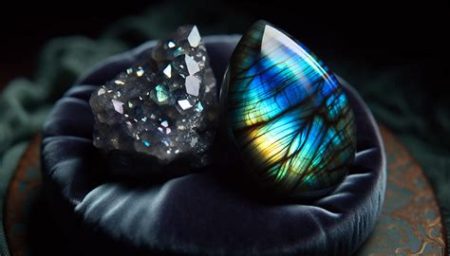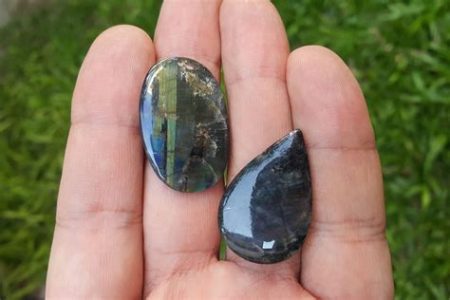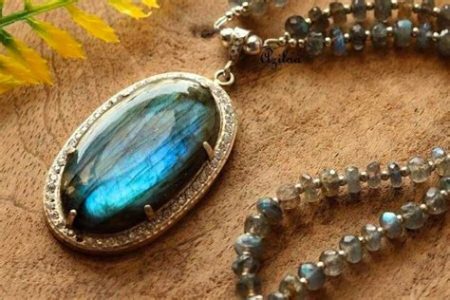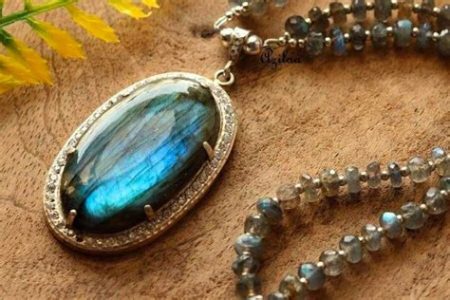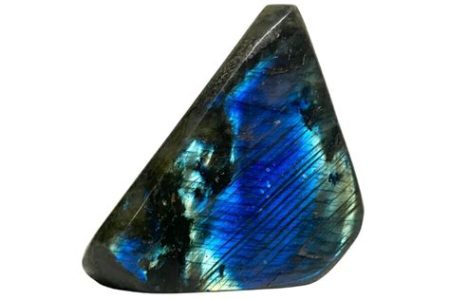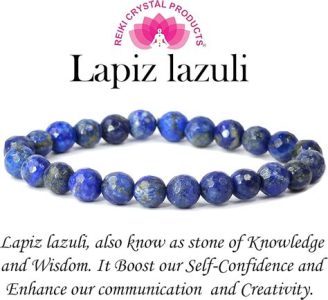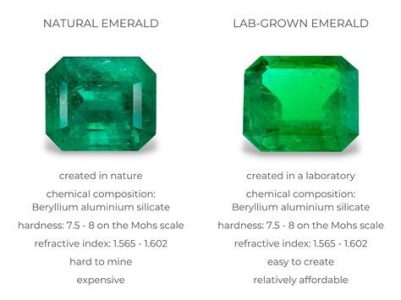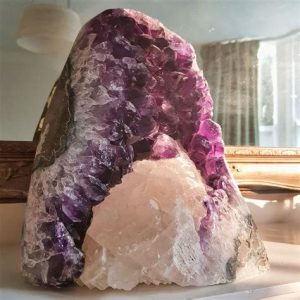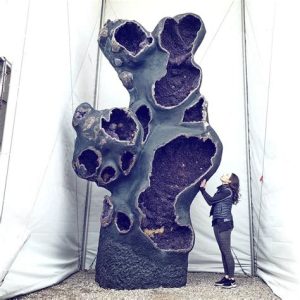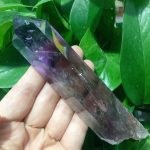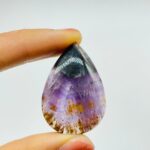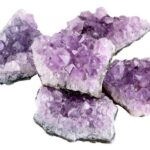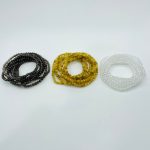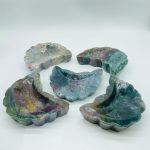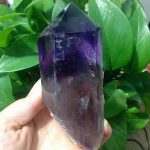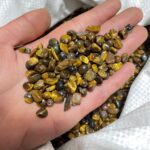The value of a geode rock varies widely depending on several factors, including its size, shape, color, and mineral content.

Factors Affecting Value
-
Size: Larger geodes are generally worth more than smaller ones.
-
Shape: Geodes with unusual or aesthetically pleasing shapes are more valuable.
-
Color: Geodes with vibrant or rare colors, such as purple, blue, or green, are more sought-after.
-
Mineral Content: The type of minerals found within a geode can affect its value. Highly prized minerals include amethyst, quartz, calcite, and fluorite.
Pricing Range
The price range for geodes can vary significantly:
-
Common Geodes: Small, ordinary geodes with minimal mineral content can be purchased for a few dollars.
-
Semi-Precious Geodes: Geodes containing semi-precious minerals, such as amethyst or calcite, can range from $20 to $100.
-
Rare Geodes: Geodes with exceptional size, shape, color, or mineral content can fetch prices in the thousands of dollars.
Amethyst Geodes
Amethyst geodes are among the most popular and valuable types. They typically range in price from:
- Small (1-3 inches): $10-$50
- Medium (3-6 inches): $50-$200
- Large (6+ inches): $200-$1,000+
Factors to Consider
When valuing a geode, it’s important to consider the following factors:
-
Origin: Geodes from certain regions, such as Brazil or Uruguay, are more highly regarded.
-
Condition: Geodes that are intact and free of cracks or damage are more valuable.
-
Displayability: Geodes with an appealing shape or display stand can command a higher price.
-
Market Demand: The popularity of geodes can fluctuate, affecting their value over time.
Conclusion
The value of a geode rock can vary significantly based on its size, shape, color, mineral content, and origin. By understanding these factors, buyers and sellers can make informed decisions about the fair market value of geodes.


